Doing up your dream house: Metalwork Conservator
There is more than one might think to becoming an expert metal conservator, but the work is varied and rewarding.


From doorknobs to iron railings, the contribution of metalwork detail to a house is often overlooked, and old work discarded when it could be saved. Rupert Harris, whose London-based company is metalwork conservation adviser to the National Trust and a consultant to English Heritage, trained as a sculptor, which he says is not unusual in his field, although many museum-based conservators started from the science side. He set up a bronze foundry in the 1970s, and then did the V&A's metal conservation diploma, before turning freelance in 1982. Understanding the material science of different metals is essential to the job, and as metals are attached to so many different types of objects, a good grounding in the science of materials such as wood, stone, leather, ceramics and glass is important, too. Although they use traditional techniques, metal conservators need to keep up to date with advances in conservation science, and this includes a knowledge of the latest processes, and of the best products available for such surface treatments as lacquer, paint and varnish, as well as adhesives and consolidants. Then there is the history of art component 'We do a lot of research into makers and historic techniques,' Mr Harris says. Practical work takes place both on site and in the studio, and includes the full spectrum of metal objects, from jewellery and decorative silver and ormolu pieces, to sculpture of all sizes, arms and armour, architectural ironwork, lead statuary (one of the firm's specialities) and modern pieces made of such materials as aluminium or stainless steel. Usually, the problem affecting these objects is physical damage caused by lack of maintenance, weathering or bad handling a statue may have lost a limb, fallen over or been improperly cleaned or restored. In addition to repairing or replicating pieces and treating tarnishing and corrosion, Mr Harris does a lot of routine maintenance of sculptures and other decorative metalwork, advises on their care and protection, and carries out survey work and condition reports. Even the physical security of outdoor sculpture comes within his remit attaching security fixings, for example, and working with electronic alarm systems. Another area of the job involves analysing paint samples to ascertain the original colour of a piece of metalwork. (Interestingly, it is only since the late 19th century that ironwork such as street railings have been painted black previously, colours such as green and maroon were more common.) Mr Harris also does condition surveys and a lot of general consultancy work, and writes specifications for traditional blacksmiths undertaking jobs that require conservation input. Rupert Harris: 020 7515 2020; www.rupertharris.com TOP TIPS
- Whatever the material, regular maintenance is essential. For example, outdoor bronze sculpture requires a wash twice a year and the application of a thin coat of protective wax once a year to maintain the patina and surface
- Careful handling is essential, particularly with more delicate indoor objects.
- With the exception of ironwork, corrosion of metals is usually a relatively slow process, so don't panic; there's time to do something before the damage gets really bad.
Sign up for the Country Life Newsletter
Exquisite houses, the beauty of Nature, and how to get the most from your life, straight to your inbox.
Country Life is unlike any other magazine: the only glossy weekly on the newsstand and the only magazine that has been guest-edited by HRH The King not once, but twice. It is a celebration of modern rural life and all its diverse joys and pleasures — that was first published in Queen Victoria's Diamond Jubilee year. Our eclectic mixture of witty and informative content — from the most up-to-date property news and commentary and a coveted glimpse inside some of the UK's best houses and gardens, to gardening, the arts and interior design, written by experts in their field — still cannot be found in print or online, anywhere else.
-
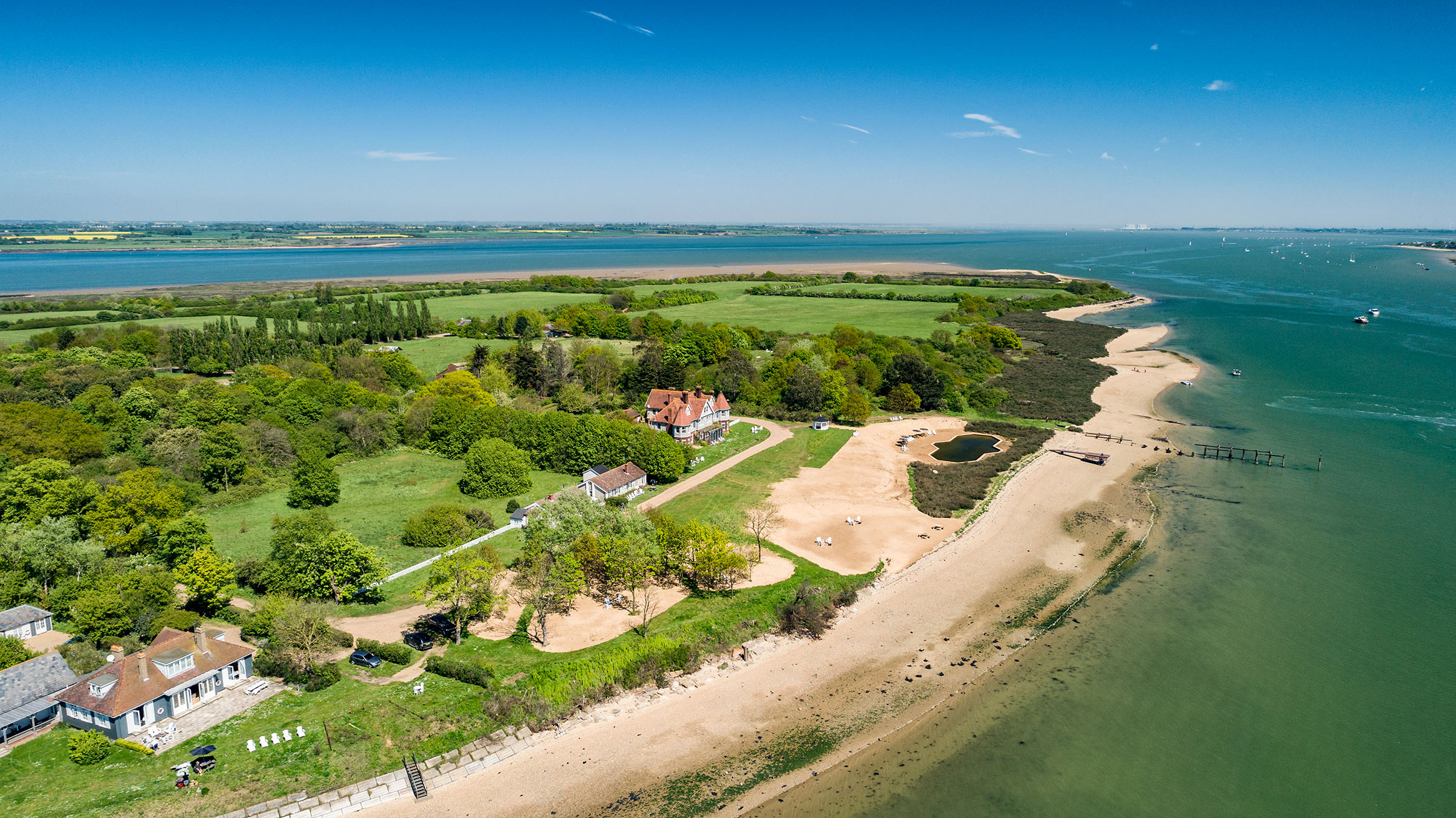 380 acres and 90 bedrooms on the £25m private island being sold by one of Britain's top music producers
380 acres and 90 bedrooms on the £25m private island being sold by one of Britain's top music producersStormzy, Rihanna and the Rolling Stones are just a part of the story at Osea Island, a dot on the map in the seas off Essex.
By Lotte Brundle Published
-
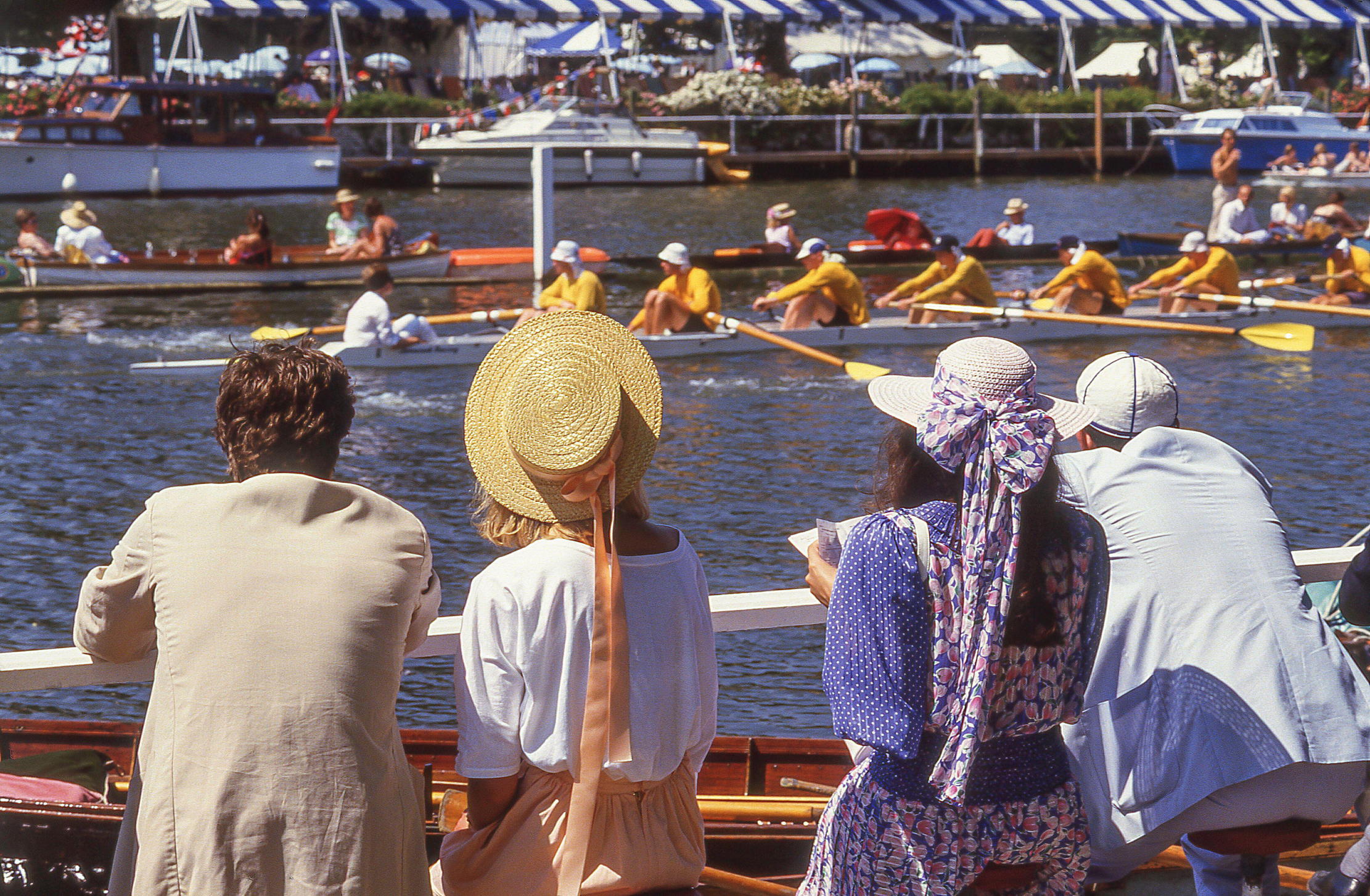 'A delicious chance to step back in time and bask in the best of Britain': An insider's guide to The Season
'A delicious chance to step back in time and bask in the best of Britain': An insider's guide to The SeasonHere's how to navigate this summer's top events in style, from those who know best.
By Madeleine Silver Published
-
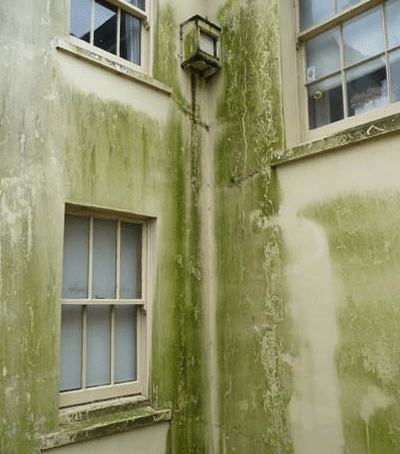 How to prepare your house for winter
How to prepare your house for winterAs winter approaches, experts advise that preventative measures are crucial for our houses to weather hard winters
By Country Life Published
-
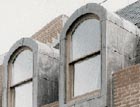 Ten house tips for the winter
Ten house tips for the winterNow is the time to put your house in ship-shape for the winter months ahead. Chartered surveyor Tom Grillo shares his ten top tips
By Country Life Published
-
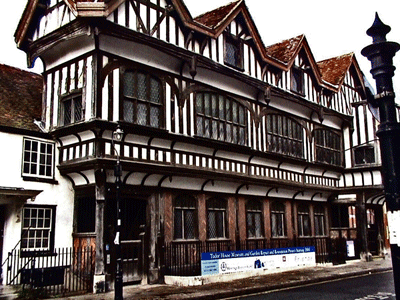 Choosing an interior designer
Choosing an interior designerFinding the right skilled interior designer for your period property requires some dedication; in particular you need to make sure you share the same vision
By Country Life Published
-
Maintenance tips for Victorian houses
There are a number of aspects to look out for when viewing or indeed owning a Victorian house
By Country Life Published
-
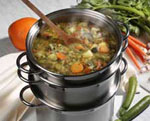 Best cooking pans
Best cooking pansMrs Danvers suggests the best makes of pots and cooking pans to hunt down when shopping for a special friend's wedding present
By Country Life Published
-
How to save old floorboards
Lots of care and elbow grease can help old floorboards gleam again
By Country Life Published
-
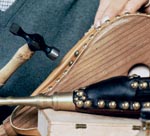 Buying bellows
Buying bellowsMrs Danvers recommends where to find a new or antique pair of bellows
By Country Life Published
-
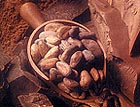 Removing chocolate stains
Removing chocolate stainsMrs Danvers tackles readers' household queries: this week's are chocolate stains on a linen suit and screen doors
By Country Life Published
